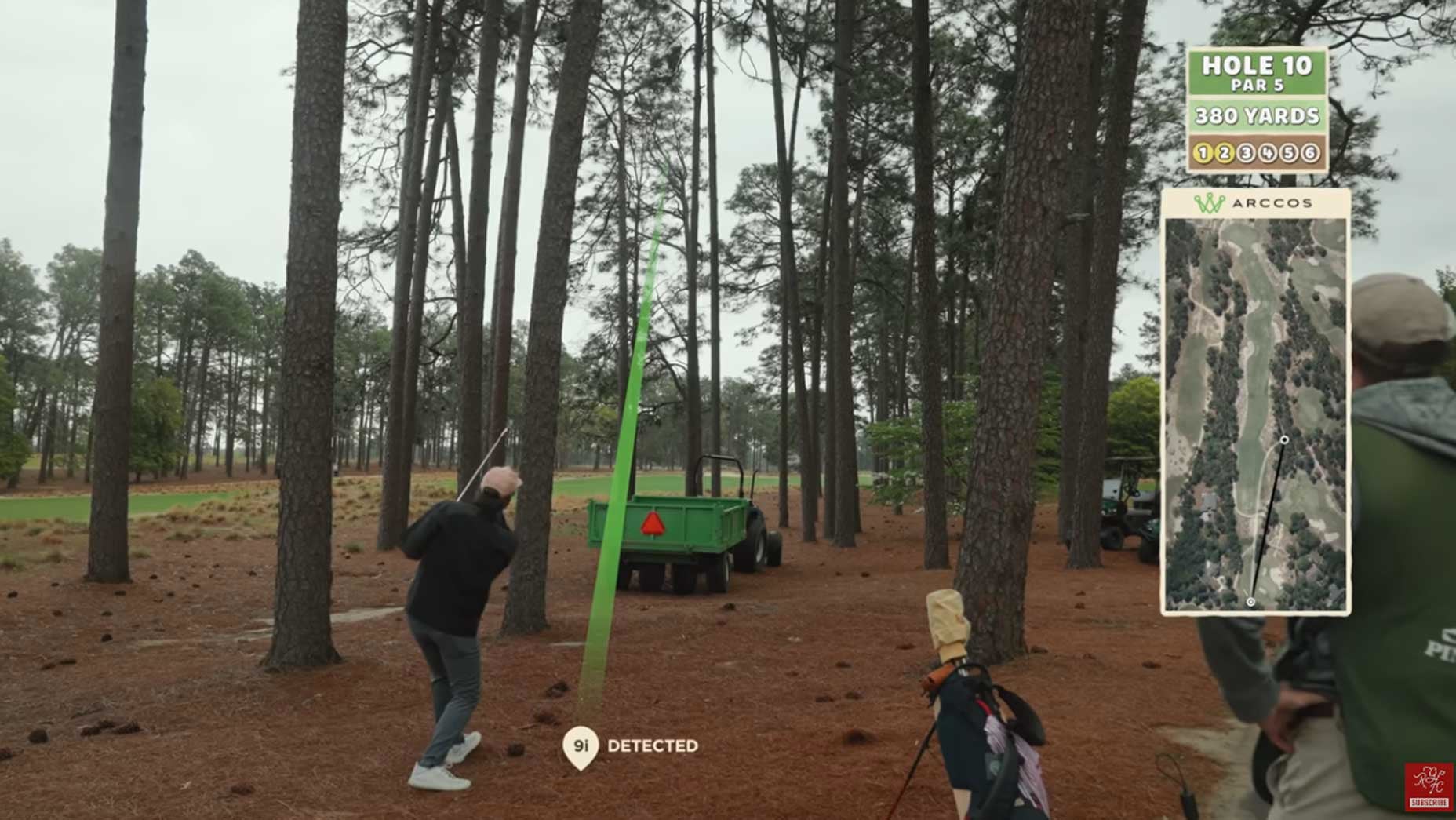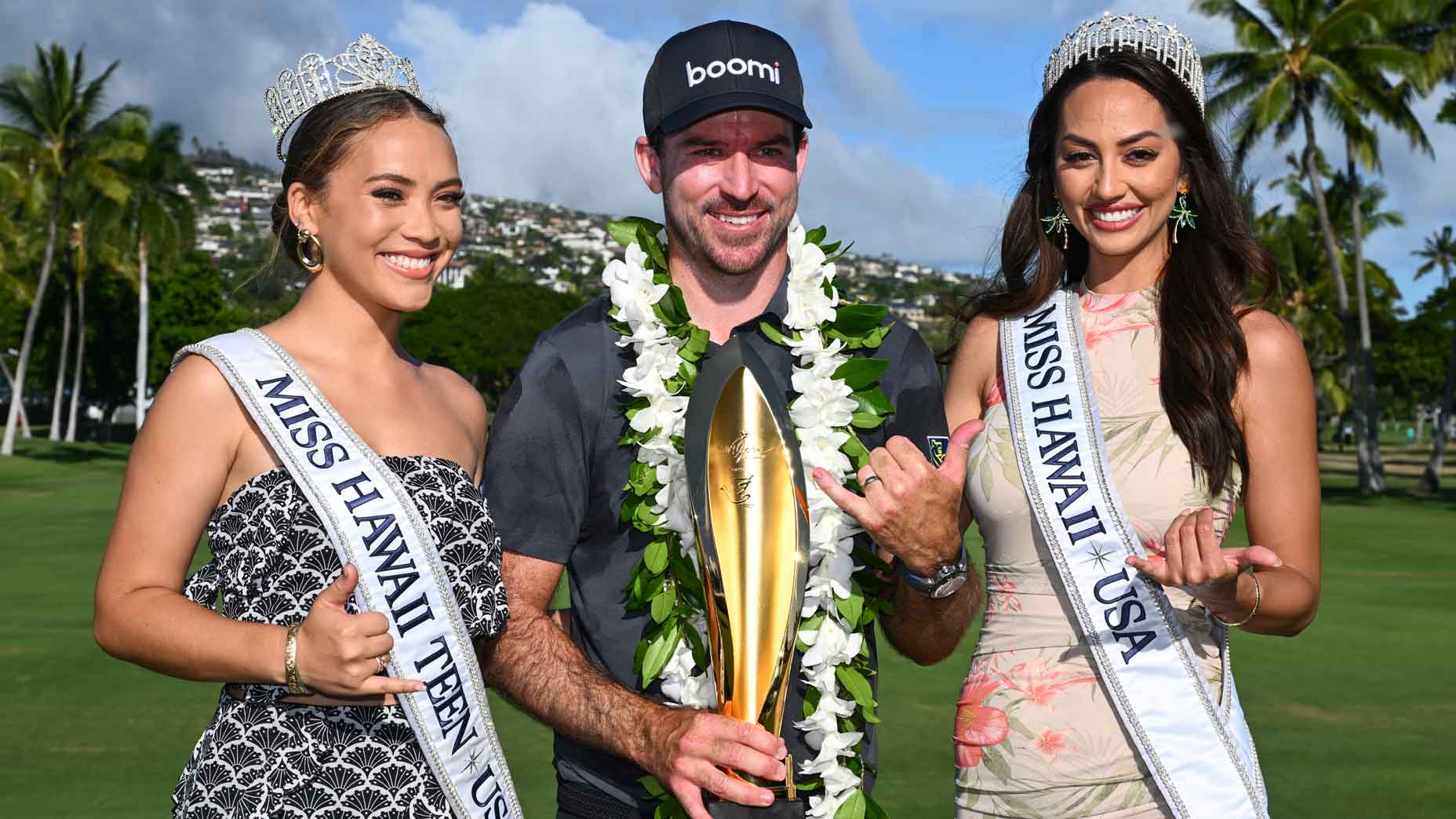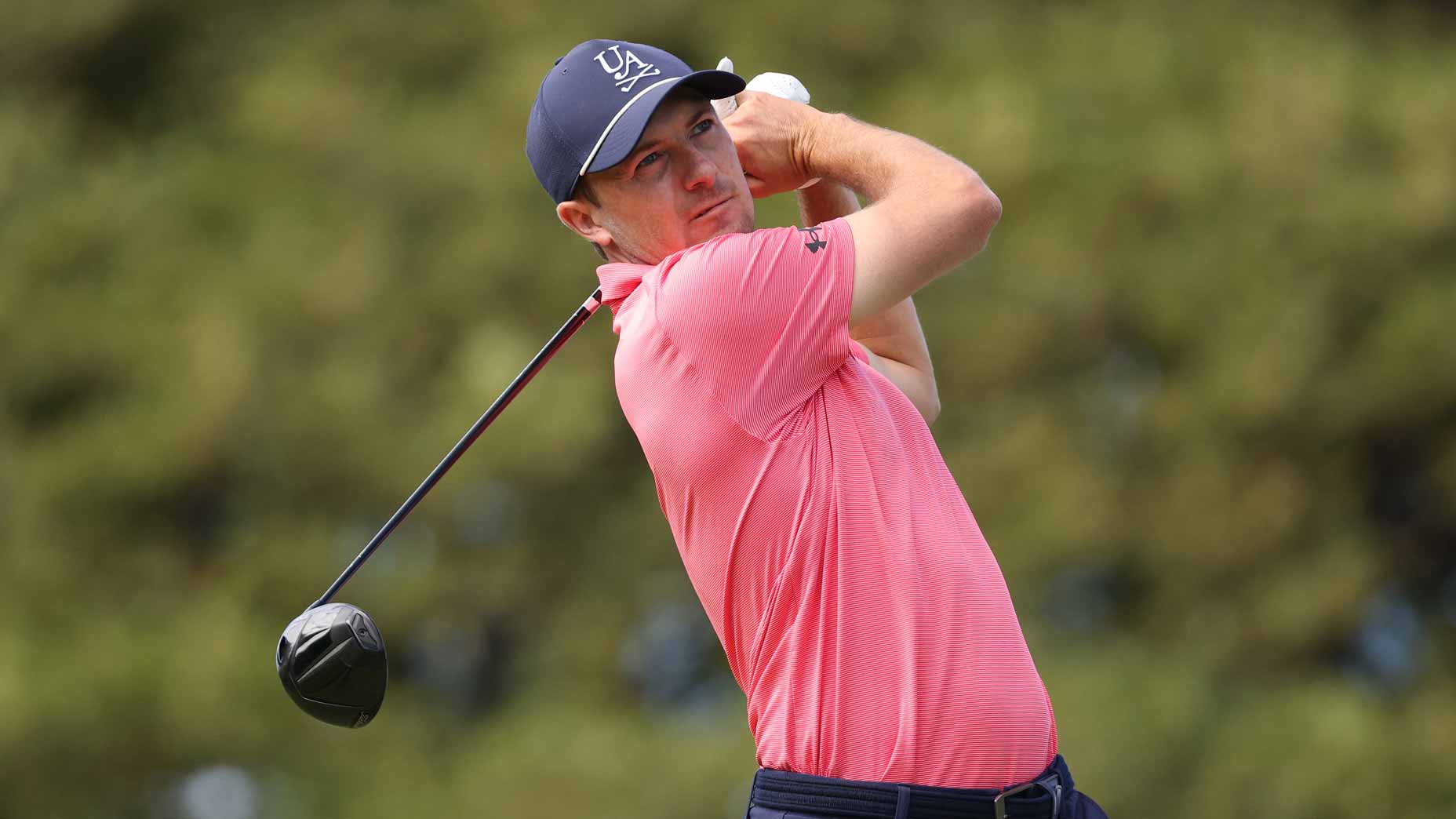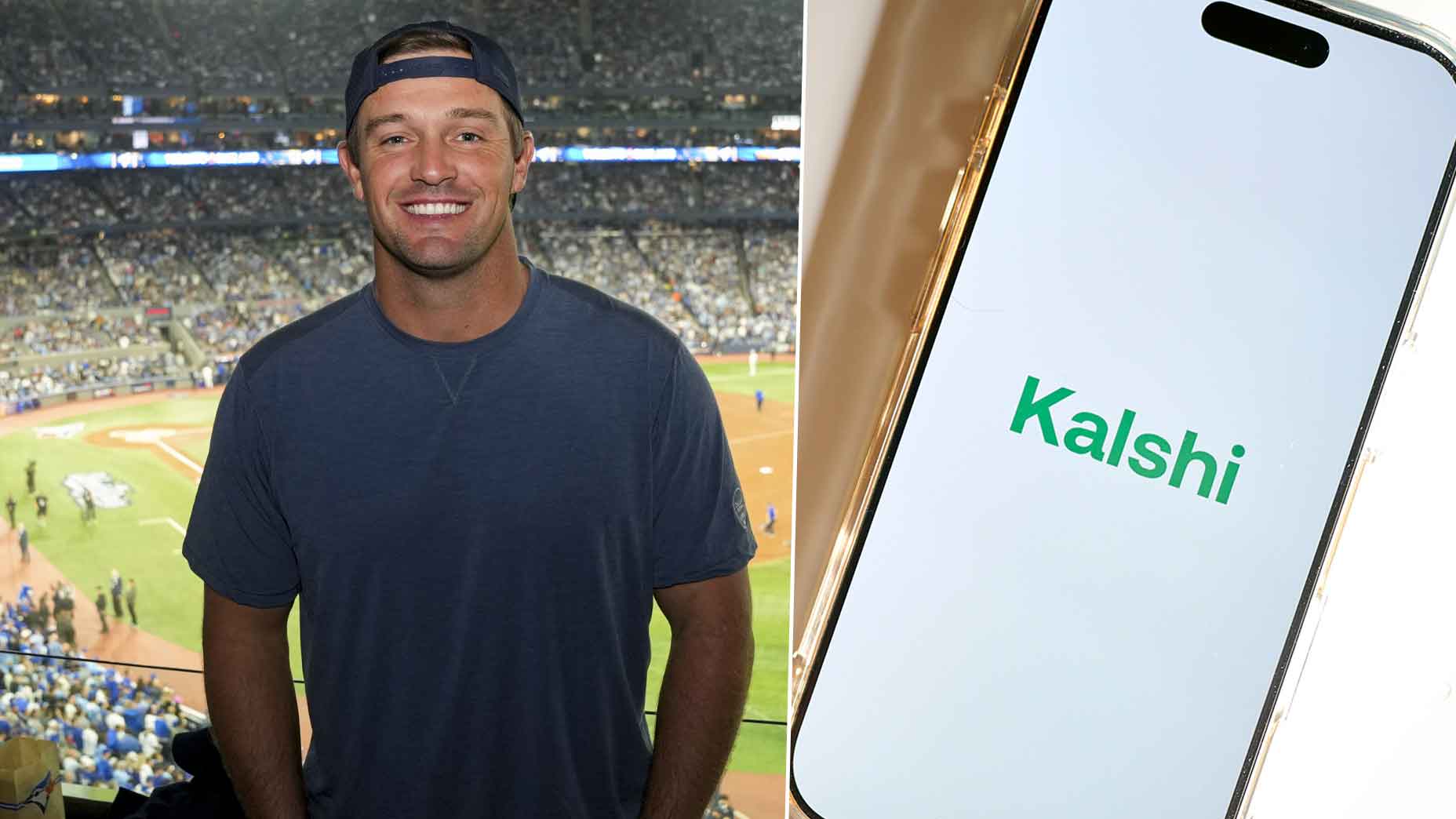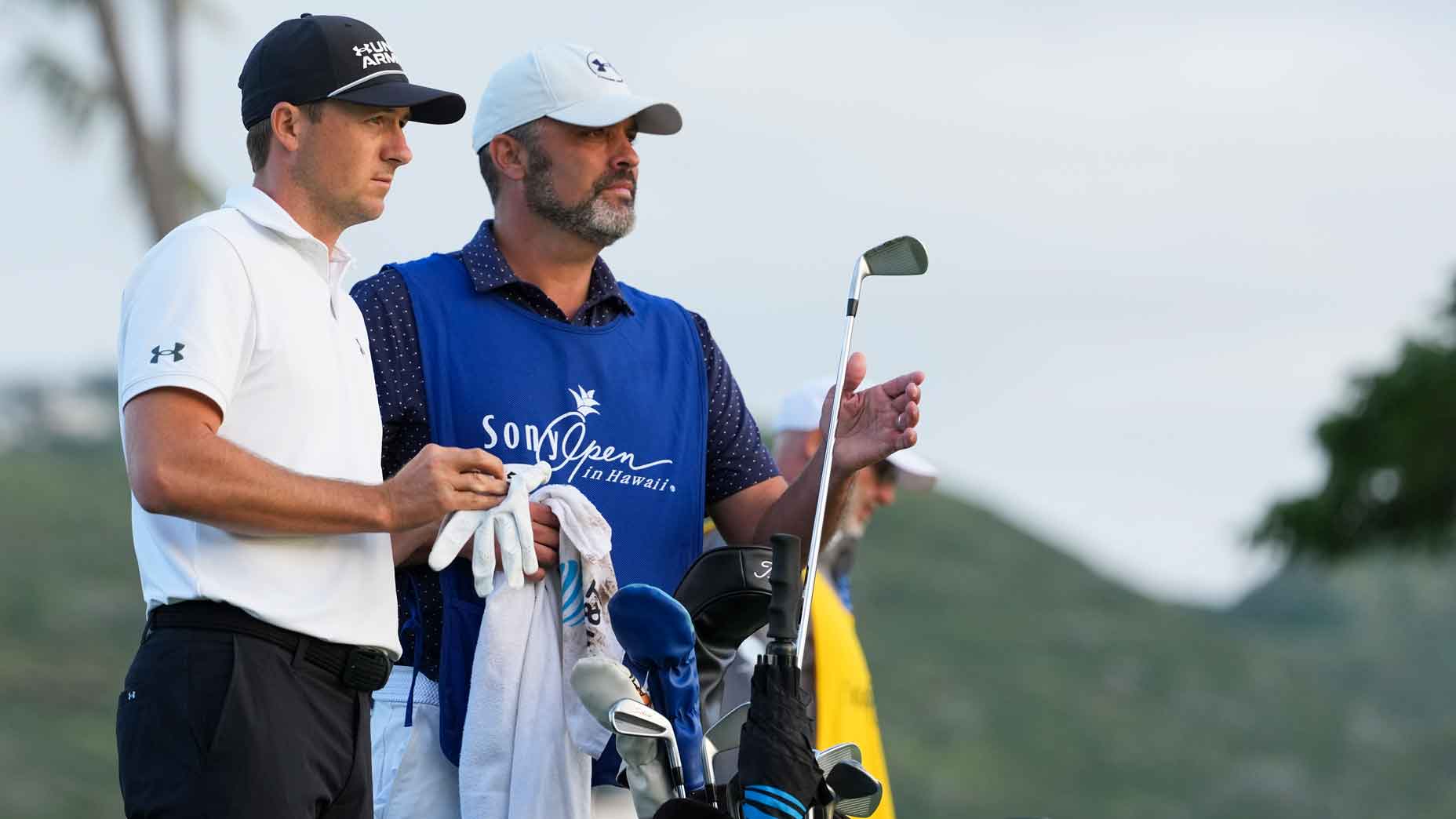Much was made of the inaugural Creator Classic, played on the Wednesday of the Tour Championship at East Lake. Much was made because, well, the PGA Tour promoted it. The biggest golf product in the world said, Hey, check out what we could do with these other golf products!
It was rightly viewed as a way to grow the Tour’s digital reach, bringing in a stout and apparent YouTube golf viewership to a premier week on the Tour’s schedule. It served as a hype track to better understand the pro game: If the best player at Good Good can scrape it around in one under, I wonder what it may look like when Scottie Scheffler plays those holes a day later?
For the folks in charge of the PGA Tour digital world, it had to be viewed as a success, of using content creators’ presence to elevate their product. But what if they simply used content creators’ ideas? This one’s free, Chad Mumm: Watch Me Shoot 67 at Pebble Beach, by Max Homa.
Tour players work long hours, particularly during competition weeks. When they shoot a 67 in the first round, they hug it out with their caddie, sign their card, speak with their agent and are swept off to speak with media. First comes television, which amounts to about 10 minutes talking with Golf Channel or Sky Sports. Next often comes PGA Tour Radio, perhaps two to three questions. After that it’s time for schmucks like me — the writers out there — to ask them questions (they hopefully haven’t been asked yet) and report the news of the day with the thoughts they’ve shared. After the scrum with writers like myself, a player may get whisked off to do some social media with the Tour’s comms team, and/or sign 10 minutes of autographs.
In total, it’s about 30 to 40 minutes after a good round before a player can think about lunch, practicing their putting or returning to the range for a decompression session — an increasingly popular piece of the itinerary these days. To ask for 20 more minutes of their time would induce the hardest of eye-rolls, and the Tour understands that. (So do the media!) Pros teeing off at 8 a.m. often wake at 5 and don’t rest until 4 p.m. So instead of asking for an extra 20 minutes, let’s repurpose the 20 minutes they spend in the “car wash” for a different use: a video breakdown of every single shot, from start to finish, in a blow-by-blow information dump. If produced correctly — as frequent as twice a season for each of the top 50 players — with an astute moderator and a quick production team, it’s the kind of content that would feed all media mouths … and also circulate YouTube in the same way it does for Good Good, the Bryan Bros., Foreplay, Erik Anders Lang, etc.
The current version of Players Talking Over Shots we receive is a quick-hitting interview with Amanda Balionis or Kira Dixon that serves a completely sufficient TV purpose. They work quickly through a number of the best shots players made during an important round. We get the yardage, the club selection, and a quick line about how nice it was to add a circle to their scorecard and — get excited, folks — keep the momentum of a good round going. But in the immediacy of TV, these bursts of context are naturally limited. The show goes on! They’ll last only for a couple minutes and we often receive only the good stuff. Oftentimes the bad stuff is most interesting, not the 8-iron to three feet.
We want to hear pros count up the shots they could have eliminated from their scorecard, just like Trent Ryan does for Foreplay, when he can’t seem to break 90. We want to hear them talk about the window through the trees they were trying to access, in the same way Erik Anders Lang might at Pinehurst. We want to hear pros tell us I can’t really hit a draw with my driver right now, so I had to hit 3-wood, that’s why I had 240 into the green, which forces me to lay-up. I don’t like that as a reason, but it is. We’re looking for that raw honesty, and it doesn’t always come out in front of six reporters with their microphones in your mug. But take a tip from the DP World Tour’s “Green Room” — forcing pros into a tiny room with only them and their thoughts, and you might be surprised at what comes from it.
As it turns out, hearing professionals break down professional sports is pretty damn interesting. It’s why we stick microphones in front of them every single day. It’s why they get extra preference for broadcasting jobs. It’s why LeBron James created one of the most fascinating basketball podcasts this year, and why the Manningcast is a very entertaining side-product to Monday Night Football. Because when Kirk Cousins leads a game-winning touchdown drive, Joe Buck is going to tell you the play-by-play, but Peyton and Eli (and in the instance below, Matt Ryan) are going to tell you what’s amazing about it. They’re going to tell you legitimate strategy, an aspect of golf that is often left to the generic: hit the fairway, hit the green, make the putt.
The ManningCast reacts to the entire @AtlantaFalcons game-winning drive ⬇️ pic.twitter.com/FjbmwgJdv2
— Omaha Productions (@OmahaProd) September 17, 2024
Watching at home, we can understand that former Patriots receiver Julian Edelman is open. But only Edelman and Tom Brady can really tell us why he was open, and add context that is lost on Jim Nantz and the rest of us. (They did that recently. On YouTube. Four hundred fifty thousand people have watched in just five days.)
If the Creator Classic taught us anything, it’s that those YouTube view counts mean something. Two million people have watched the Tour’s production in the last two weeks. But also, 250,000 people watched Erik Anders Lang try to break 90 at Pinehurst. Even more people watched the Bryan Bros try and shoot par from the back tees at Erin Hills. An extremely loyal 75,000 tuned in to watch Max Homa break down No Laying Up’s Chris Solomon shooting 70 in the rain at Bandon Dunes. Now imagine if that audience could watch Max Homa break down Max Homa’s golf in a classically Max Homa way. Toss in his caddie, Joe Greiner, as a color commentator and you’ve got two golf geniuses — two great quotes — informing us about why that 67 was fine, good, great, or even disappointing.
The good news is that the PGA Tour has the structures in place to make this happen. At almost every tournament, there are television cameras on every hole, and during each tournament round there are featured groups that get the attention of every one of those cameras. The shots those groups hit don’t just disappear into the ether when they stream on ESPN+. The Tour already operates a players-only portal where pros can view footage of the shots caught on camera at every event. They’re called Speed Rounds, and assist with players wanting a different point-of-view of the shots they played in competition. They are available to the public at the Masters, produced with the help of an AI video-editing software. Now we just need someone convincing the PGA Tour to share the wealth. Plop some players down in a nice, comfy chair, dub their audio over a Speed Round video, and we could be looking at some YouTube gold.
The closest version to this exists already on Bryson Dechambeau’s YouTube channel. Unshackled from the media rights contracts of the PGA Tour, DeChambeau roams free in LIV land, creating whatever he pleases. (Now, there’s a reason that works over at LIV and doesn’t on the PGA Tour — because the highlights and NIL of Tour players has been valued in the billions over a 10-year term. Something similar, in theory, could exist for LIV. But a market hasn’t developed fruitfully enough to make the league reconsider DeChambeau’s YouTube privileges.)
DeChambeau’s channel is filled with plenty of typical YouTube golf conquests. His journeys to break 50 with guests Sergio Garcia, Paige Spiranac and Donald Trump are the most prescient examples. They’re entertaining, sure. You watch to the end because you want to see if they accomplish the feat. But the best pieces of tournament golf are mostly absent. Sprinkled in the background on his feed are a couple very special tournament rounds: His 58 at LIV Greenbrier a year ago, titled “This is What Shooting 58 in a Professional Tournament Looks Like,” and his final round at the U.S. Open this year. That one is aptly titled “I Won Another Major Championship”.
The most recent highlight video was uploaded the day after DeChambeau beat Rory McIlroy at Pinehurst, and has gobbled up 1.3 million views in three months. It may not pass the fair use copyright test, but it was simply scraped from the television shots already produced by NBC. All of it without an ounce of insight from DeChambeau.
Imagine how much better we’d understand that victory of his if he spent 60 seconds explaining the birdie he made on the 13th hole, and then 60 seconds on that absurd approach he played from the waste area on 14. Or his lie left of the fairway on 18. I can see it now in my memory, but I’m not really sure what he thought of it. We’d learn so much from that kind of content.
The biggest issue would be getting DeChambeau to keep it under 20 minutes.
